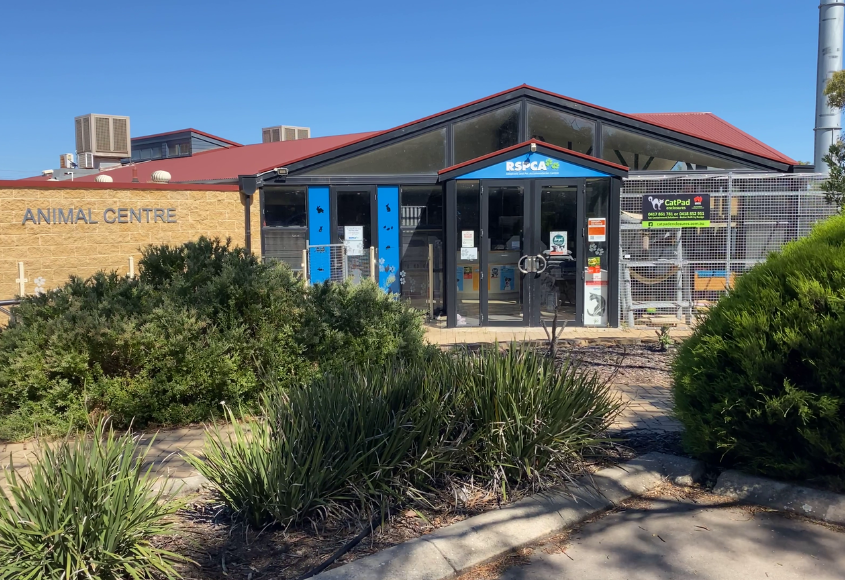- Hon Carmel Sepuloni
- Hon Michael Wood
On 1 April 2022:
- Main benefit rates increased by between $20 and $42 per adult, per week compared to 1 July 2021
- Minimum Wage increases to $21.20 per hour
- New Zealand Superannuation rates increasing by $52 per fortnight for single superannuitants living alone, and by $80 per fortnight for a couple.
- Student Allowance and Living Costs increases by $25 per adult, per week
- Childcare Assistance income thresholds indexed to average wage growth
- Working for Families tax credit increases
- Orphans Benefit and Unsupported Childs Benefit increases by between 12 and 26 percent per week
Government action to ease the pressure on low and middle income people and whānau will put more money in their pockets from 1 April.
“We know the pandemic has been tough for many people and whānau. These increases will help put food on the table, and pay power bills in the winter months. They also show this Government’s ongoing commitment to lifting incomes for all New Zealanders” Minister for Social Development and Employment Carmel Sepuloni said.
The biggest lift to main benefit rates in a generation will see rates come into line with the key recommendations of the Welfare Expert Advisory Group (WEAG). Rates for families with children will increase by an additional $15 per adult, per week, meaning these rates are then above what the WEAG recommended.
This follows the increase on 1 July 2021, and is over and above the usual 1 April annual general adjustment to main benefit rates.
“MSD modelling shows that compared to 2017 policy settings our Government’s significant lifts to main benefits will see around 364,000 beneficiaries better off by on average $109 per week, increasing to $133 per week during the 2022 winter period,” Carmel Sepuloni said.
“Over 109,000 beneficiaries with children will be better off by on average $175 per week, increasing to $207 per week during the 2022 winter period. Couples with children are $237 per week better off on average and then around $268 per week during winter. These increases underline our determination to reduce inequality, and are a step towards addressing child poverty.”
In addition to main benefit increases, Childcare Assistance income thresholds will also increase annually, in line with net average wage growth. This will maintain current levels of Childcare Assistance for parents as wages grow.
Working for Families tax credits (Best Start Tax Credit and Family Tax Credit) will also increase from 1 April, providing many lower income and beneficiary families with a meaningful boost to their weekly income.
The Orphans Benefit and Unsupported Childs Benefit have increased, bringing them into line with payments made to carers through Oranga Tamariki; with additional increases to reflect the Working for Families increases.
“Our Government has lifted benefit incomes across the board more than any other previous Government and are the largest increases since the 1940’s. We’ve also continuously raised Benefit levels, invested $5.5 billion through the Families Package, increased the minimum wage year on year and invested heavily in employment, education and training,” Carmel Sepuloni said.
“Many Kiwis who earn the minimum wage have gone above and beyond in our fight against COVID-19. We remain committed to supporting New Zealanders by raising their wages, as we continue to recover and rebuild from the pandemic,” Minister for Workplace Relations and Safety Michael Wood said.
“Today’s increase of the minimum wage will directly benefit approximately 300,000 workers, and will help many households that have been most impacted by the effects of COVID. For someone working a 40-hour week on the minimum wage, this increase will see them earning an extra $48 a week, and almost $2,500 more each year,” Michael Wood said.
“Lifting the incomes of New Zealanders remains a crucial part of tackling the long-term issues facing New Zealand, and as we secure our recovery from COVID-19,” Carmel Sepuloni said.
EDITORS NOTES:
- MSD estimates that compared to 2017 policy settings:
- 364,000 beneficiaries will be better off by on average $109 per week, increasing to $133 per week during the 2022 winter period.
- 109,000 beneficiaries with children will be better off by on average $175 per week, increasing to $207 per week during the 2022 winter period.
- 255,000 beneficiaries without children are estimated to be better off by on average $81 per week, increasing to $101 per week during the 2022 winter period.
- People don’t need to do anything to get these increases, most payments will be adjusted automatically.
- The below are base net rates of benefit and not necessarily the net amount paid to individuals and whānau in terms of total financial assistance from MSD. Some people receiving a main benefit are also in receipt of additional supplementary assistance. Some people also receive abated rates of benefit, for example, due to income, which effects the overall financial assistance paid by MSD. Supplementary Assistance is also available for low income individuals and whānau, and superannuitants who qualify.
A table of rate changes for 1 April 2022 is provided below.
1-Jul-21 | 1-Apr-22 | Amount of increase $ (2d) and % (0dp) | ||
JOBSEEKER SUPPORT | ||||
Single 18-19 years old – at home | $200.91 | $233.75 | $32.84 | 16% |
Single 18-19 years old – away from home | $239.70 | $274.37 | $34.67 | 14% |
Single 20-24 years old | $239.70 | $274.37 | $34.67 | 14% |
Single 25 years and over | $278.50 | $315.00 | $36.50 | 13% |
Couple, without children, total | $453.62 | $536.00 | $82.38 | 18% |
Couple with partner on benefit, with children, total | $481.30 | $566.00 | $84.70 | 18% |
Sole Parent | $406.78 | $440.96 | $34.18 | 8% |
YOUTH PAYMENT | ||||
Single, 16-17 Year old | $239.70 | $274.37 | $34.67 | 14% |
Couple, without children, total | $453.62 | $536.00 | $82.38 | 18% |
YOUNG PARENT PAYMENT | ||||
Sole parent 16-17 year old, living at home or financially supported by parents or guardian (earning less than FTC threshold | $228.60 | $254.38 | $25.78 | 11% |
Couple, both qualify, with children, total | $481.30 | $566.00 | $84.70 | 18% |
Couple, partner not on benefit, with children, total | $254.50 | $283.00 | $28.50 | 11% |
Sole parent | $406.78 | $440.96 | $34.18 | 8% |
SUPPORTED LIVING PAYMENT | ||||
Single 16-17 years old | $281.15 | $300.89 | $19.74 | 7% |
Single 18 years and over | $336.65 | $359.00 | $22.35 | 7% |
Couple without children total | $550.54 | $610.00 | $59.46 | 11% |
Couple, partner on benefit, with children total | $578.24 | $640.00 | $61.76 | 11% |
Sole Parent | $455.58 | $492.06 | $36.48 | 8% |
SOLE PARENT SUPPORT | ||||
Sole Parent | $406.78 | $440.96 | $34.18 | 8% |
OB/UCB rates from 1 April 2022
1 April 2021 | 1 April 2022 | Amount of increase ($ and %) | ||
14 and over | 265.62 | 296.42 | $30.80 | 12% |
10-13 years | 246.93 | 276.62 | $29.69 | 12% |
5-9 years | 228.15 | 256.72 | $28.57 | 13% |
Under 5 years | 203.03 | 254.95 | $51.92 | 26% |
Weekly Working for Families tax credits from 1 April 2022
1 April 2021 | 1 April 2022 | Amount of increase ($ and %) | ||
Family Tax Credit – Eldest Child | $113.04 | $127.73 | $14.69 | 13% |
Family Tax Credit – Subsequent Child | $91.25 | $104.08 | $12.83 | 14% |
Best Start Tax Credit | $60.00 | $65.15 | $5.15 | 9% |
The Minimum Family Tax Credit from 1 April 2022
1 April 2021 | 1 April 2022 | Amount of increase ($ and %) | ||
Minimum Family Tax Credit | $598.00 | $632.00 | $34.00 | 6% |
Fortnightly New Zealand Superannuation from 1 April 2022
The rates listed below are fortnightly.
1 April 2021 | 1 April 2022 | |||
Net fortnightly rate (tax M) | Gross fortnightly rate | Net fortnightly rate (tax M) | Gross fortnightly rate | |
Single Living Alone | $873.88 | $1013.28 | $925.88 | $1076.48 |
Single Sharing | $806.66 | $932.06 | $854.66 | $990.20 |
Married, Civil Union or Defacto Couple (both qualify) each | $672.22 | $768.92 | $712.22 | $817.32 |







